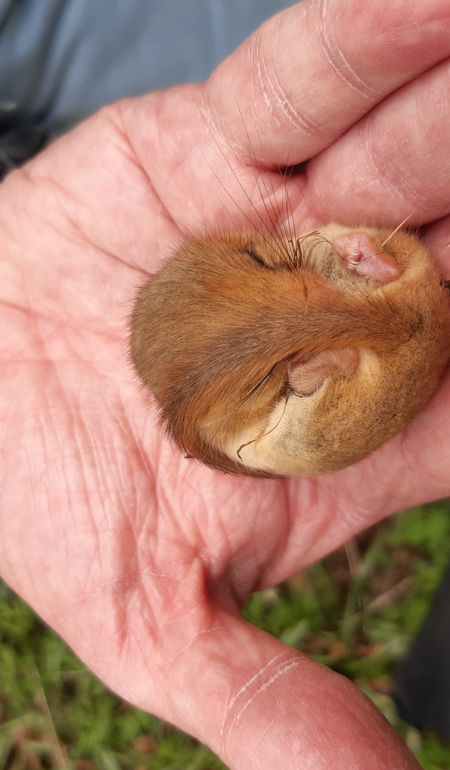Managing our natural environment in South East Wales

South East Wales is an important home to a fantastic range of wildlife and unique habitats and is a valuable source of nature to our local communities across Gwent. Making sure it is protected and safeguarded for future generations is an important part of the work that we do.
This summer, in a new series of blogs, our Monmouthshire and Torfaen Environment Team will be taking us with them virtually to explore more about their work to help tackle the biodiversity crisis and look after our environment in Wales.
From responding to pollution incidents in our role as a category one responder, regulating businesses and agriculture, to protecting our Special Areas of Conservation to ensure biodiversity is thriving - our officers are responsible for carrying out a vast range of work on a daily basis to help protect the local environment, wildlife, and communities within their area.
Over the next few months, the team will be taking us with them, to find out more about their work to help improve water quality in our rivers in SE Wales, how water availability for people and wildlife is protected and what’s involved in monitoring our sites of Special Scientific Interest (SSSI)
Managing and monitoring dormouse in south east Wales
This month we join two of our conservation officers Liz and Rebecca, as a new dormouse monitoring project gets underway in Monmouthshire to help try and reverse biodiversity loss.
The team have been busy putting up 50 dormouse nest boxes in a privately-owned SSSI woodland, working in partnership with the landowner who is passionate about conserving nature and addressing the biodiversity crisis.
They have also been replacing old dormouse nest boxes in another SSSI woodland in Monmouthshire, where boxes have been monitored for a number of years.
The nest boxes provide the team with a reliable method of monitoring for dormice in woodland or hedgerows and when checked on a regular basis can be used to determine their presence or absence.
The nest boxes are checked regularly by a trained volunteer who is licenced to handle this protected species and the number, sex, weight, and age of dormice are recorded.
This project will help our officers to better monitor the local dormouse population and boost the number of nesting sites available for the species, which has suffered a long-term decline in number and range. Monitoring the dormice also helps the team target woodland management such as coppicing to promote new growth and fruiting of the hazel coppice.
Dormice are a protected species under the Wildlife and Countryside Act 1981 and the Conservation of Habitats and species Regulations 2017, due to their decline throughout Europe in recent decades. They are commonly found in woodland and hedgerows and favour coppiced woodland with hazel trees, a habitat that provides them with a varied diet throughout the year.
The team also carry out dormouse surveys which help us to determine if dormice are present in a woodland and helps understand population trends. Our records feed into the National Dormouse Monitoring Programme (NDMP), coordinated by the People’s Trust for Endangered Species (PTES), which collects records for hundreds of woodland sites across Wales and England for the past 30 years.
